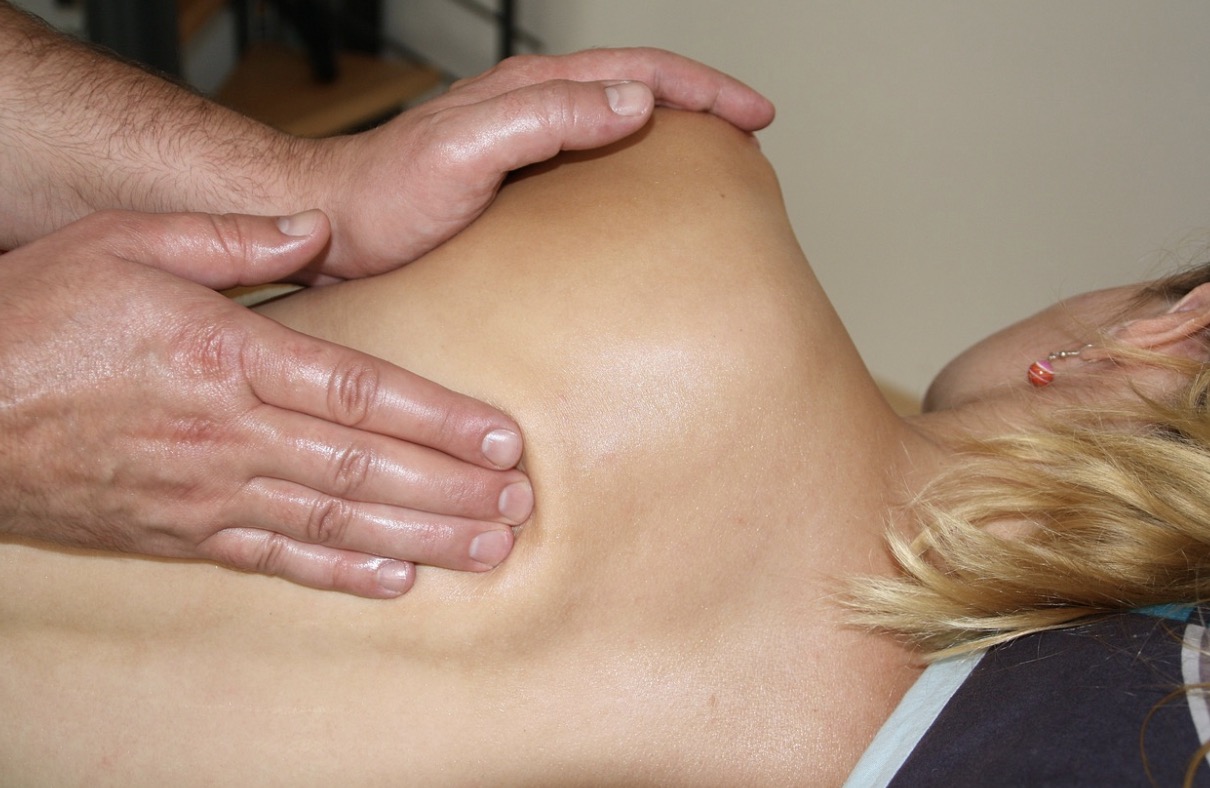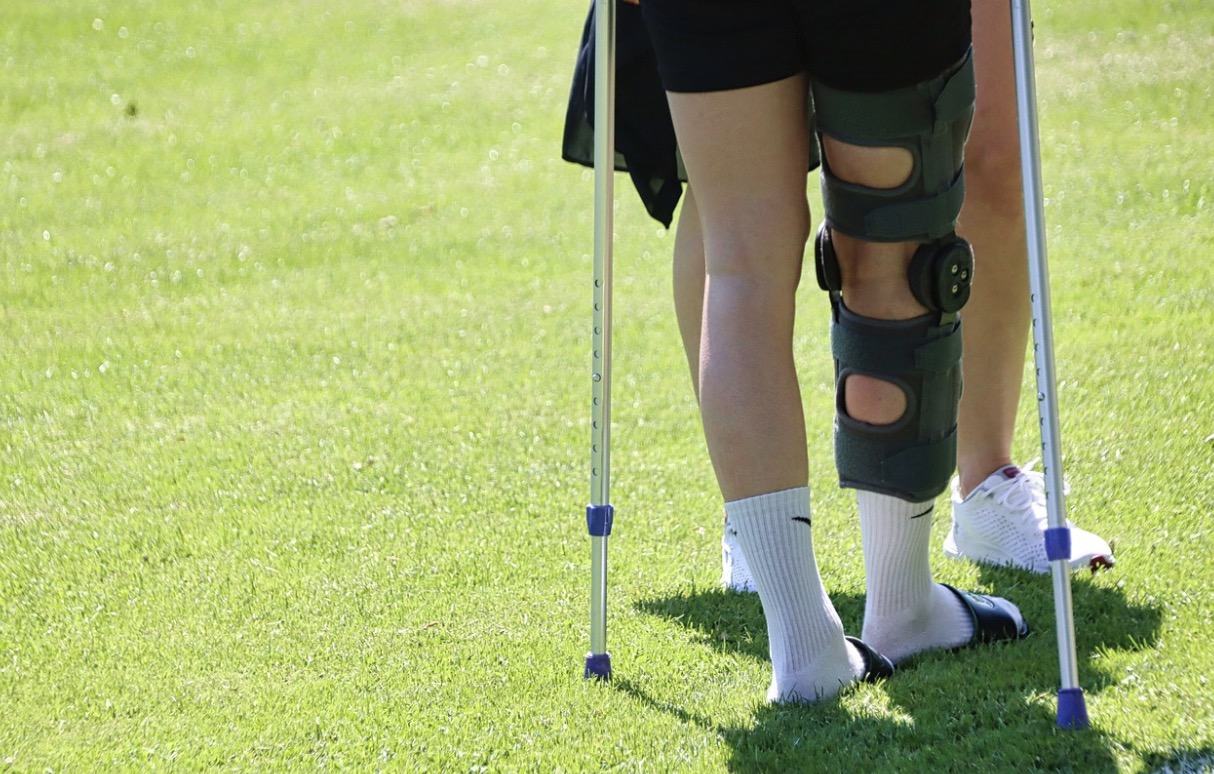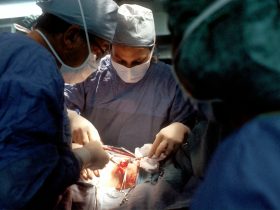Have you ever suffered a debilitating injury? It can be tough, right? But don’t fret. Physical therapy is here to help you bounce back stronger. This blog post is going to explore the different types of physical therapy you might need to ensure a complete and effective recovery. Let’s embark on this healing journey together.
Reader's Roadmap
Orthopedic Therapy
Orthopedic physical therapy plays a crucial role in the recovery process after an injury. You can do some research or visit rehabilitation centers to learn from the experts how it aims at restoring the function and movement of injured or surgically treated areas of the body, like muscles, bones, tendons, and ligaments. Practitioners use a mix of exercises, stretches, and other therapeutic modalities to rehabilitate the patient.
This specialized therapy is essential as it alleviates pain, improves mobility, strengthens the body, and accelerates healing. It also helps patients relearn basic motor activities such as walking or grasping, making it an integral part of a successful recovery. Remember, patience is key in this process. Every healing journey is unique – so trust in your therapy, and you’ll be back to your old self in no time!
Neurological Therapy
Also known as Neurotherapy, this is a critical component in the recovery from an injury that has affected the nervous system. When trauma occurs, whether from a stroke, spinal cord injury, or conditions like Parkinson’s disease, it can disrupt the neurological pathways that control our body movements. Neurological therapy is designed to help rebuild these pathways, improving muscle control, coordination, and strength.
These therapists employ a range of exercises, from balance and mobility workouts to speech and cognitive tasks. The goal is to help patients regain as much of their former functionality and independence as possible. This therapy type is crucial as it does not only address the physical impact of the injury but also the cognitive and behavioral changes that might accompany it. So, Neurotherapy is not just about healing, it’s about empowering patients to lead fulfilling lives post-recovery.
Cardiovascular And Pulmonary Rehabilitation
This kind of therapy focuses on various exercises that will improve your cardiovascular health. These are the following:
- aerobic exercise
- interval training
- breathing exercise
- strength training
- flexibility exercises
- balance and coordination activities
- stair climbing
- stationary rowing
- upper body ergometer (UBE) exercises
- interval breathing training
- functional activities
- educational sessions
- guided relaxation
Cardiovascular and pulmonary rehabilitation therapy is fundamental to recovery as it enhances heart and lung function, critical components compromised by injury. It aids in improving physical stamina and breath control, reducing fatigue, and minimizing the risk of secondary heart or pulmonary conditions. More so, it empowers patients with the knowledge to manage their health effectively.
Sports Rehabilitation
Sports rehabilitation is crucial for athletes or individuals recovering from sports-related injuries. Its main aim is to restore optimal functionality and help individuals return to sports activities safely and quickly. This involves a combination of strength and conditioning exercises, balance training, and proprioception exercises that help regain agility, power, and confidence, specifically needed in sports.
Additionally, this therapy educates patients about injury prevention, ensuring that they can continue their sporting activities with minimal risk of re-injury. Therefore, sports rehabilitation is not just about recovery; it’s a comprehensive approach to restoring, maintaining, and enhancing peak athletic performance.
Geriatric Therapy
As you age, recovering from an injury can be more challenging. That’s where geriatric therapy comes in. It’s designed specifically for the unique needs of older adults, enabling a safe and effective healing process. This therapy helps regain strength, balance, and mobility, which are crucial in preventing falls and further injuries.
It also focuses on improving flexibility and endurance, promoting a higher level of independence. Geriatric therapy can even aid with managing chronic illnesses and cognitive issues, ensuring a better quality of life. So, if you’re an older adult recovering from an injury, consider geriatric therapy – it’s about restoring your health, maintaining your independence, and living your golden years to the fullest.
Manual Therapy
Manual therapy is a critical component of a comprehensive physical therapy program. This hands-on approach is utilized by physical therapists to manipulate muscles and joints, aiming to decrease pain caused by muscle spasms, tension, and joint dysfunction. It enhances healing by improving circulation and reducing inflammation, making it vital for injury recovery.
Further, it plays a pivotal role in restoring mobility and range of motion, helping patients return to their daily activities. For those with chronic conditions, manual therapy can offer relief from pain and discomfort. So, manual therapy is not just about recovery — it’s about achieving a pain-free, active lifestyle post-injury.

So, as you navigate your healing journey, remember that the right type of physical therapy can make all the difference. Whether it’s Orthopedic, Neurological, Cardiovascular and Pulmonary, Sports, Geriatric, or Manual Therapy, your path to recovery is within reach. Trust in the process, stay patient and before you know it, you’ll be back to living a healthy, active life.







Leave a Reply
View Comments